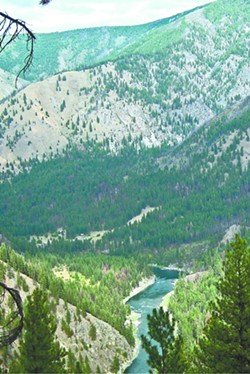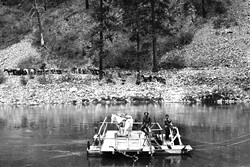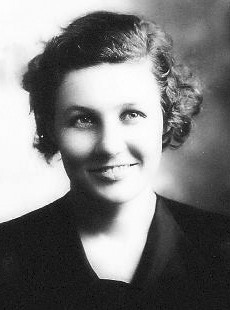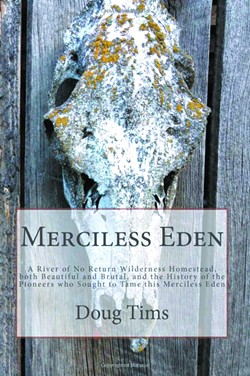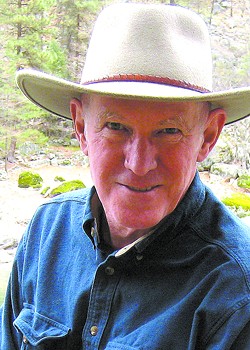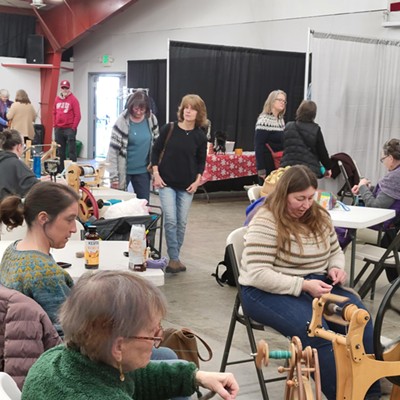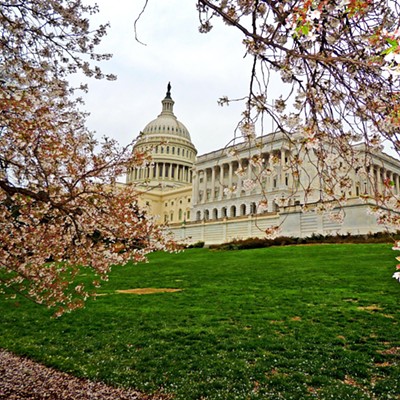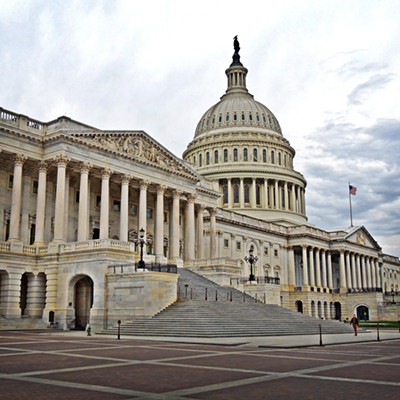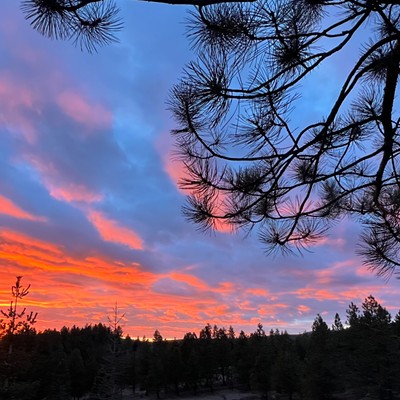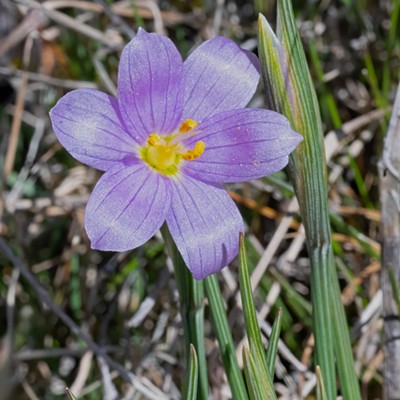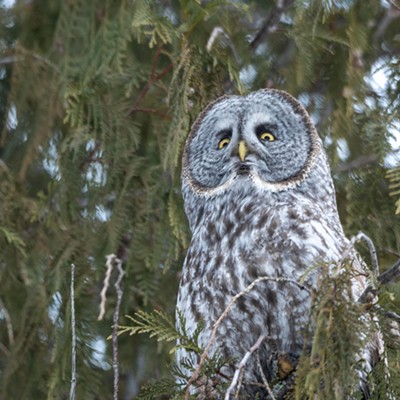As technology propels the world into the future, there are still places where time stands still, such as Campbell’s Ferry, an isolated homestead in Idaho’s Frank Church River of No Return Wilderness where wild still trumps civilization.
The place takes its name from William Campbell, the first homesteader on the plot next to the Salmon River in 1897. When a mining boom hit the area, he found he was in an ideal location to build a ferry to shuttle pack trains across the river.
He scraped a living out of the land for about five years, until he mysteriously disappeared one winter. He was the first soul claimed by Campbell’s Ferry, but was far from the last.
It’s surprising to look back at those early years “and see how tenuous the people’s hold on the place was,” says author Doug Tims, who winters in Tucson, Ariz.
The history of the inhabitants of the remote ranch are told in the new book “Merciless Eden,” (Ferry Media, 382 pgs. $19.95) by Tims, who has owned Campbell’s Ferry for the last 23 years, sharing the remote property with six partners.
Tims, 67, spent a career guiding on the Middle Fork of the Salmon and Selway rivers. He’s the CEO of Maravia Corp., Cascade Outfitters, a Boise-based whitewater raft manufacturer. He and his wife, Phyllis, spend summers at the ranch where they give tours and work to maintain the property and its history.
Frances Zaunmiller Wisner is the most famous resident of Campbell’s Ferry. From 1945 until her death in 1986 she wrote a weekly column for the Idaho County Free Press about life on the ranch. Written in the third person, her columns describe sweltering summers, showdowns with bears and mind-numbing winters.
People venture into the wilderness for many reasons. When Tims traveled to Texas to interview Zaunmiller’s family he discovered the book’s biggest surprise — she came to Idaho on the run from the law.
“Merciless Eden” goes back and forth from the past to the present. Tims and his wife return to the homestead each year from April to October, flying in from Cascade on an air taxi contracted to deliver backcountry mail. (An 800-foot-long landing strip was added to the property in 1956.) The ranch includes a 1905 cabin, which they’ve turned into a museum with pictures of earlier residents; and a one room hunting cabin built in 1960. The Tims have installed solar power and water but the ranch does not have indoor plumbing. Campbell’s Ferry was listed on the National Register of Historic Places in 2007.
Rafting the main Salmon is a popular summer vacation and two or three rafting groups stop at Campbell’s Ferry each day during the summer. Hikers, hunters and packers on the Idaho Centennial Trail also pass through, though Tims says this past summer they only encountered three hikers because the trail is covered with fallen trees and has not been maintained by the U.S. Forest Service. The Tims’ dealings with the Forest Service to maintain the property within the boundaries of a conservation easement are part of the story. At one point an official tells them it would be an acceptable outcome to the agency if the property was to burn to the ground.
“What we would like is for people to know more about what is there. It really is an excellent example of struggles that people have dealt with in trying to make a living on the edge of wilderness,” Tims says.
Tims will sign copies of his book from 3-6 p.m. Dec. 20 at And Books Too, 918 Sixth St., Clarkston. The book is also available online at mercilesseden.com.

